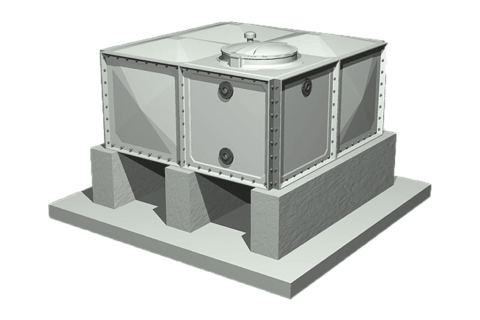Many commercial buildings in Houston have large water storage tanks to meet city plumbing code requirements. These break tanks provide water for fire protection pumps and domestic (potable) water pumps to supply the building. A major concern with break tanks in the building is the potential for flooding due to tank overflow. This is especially critical when the tanks are in a basement level.
In order to maintain a constant water level in the break tank, float style or electronic fill valves and controls must be used. The valves open when the tank level is low, and when the tank level returns to normal they close. With either system, there is a potential for the fill valve to fail in the open position, allowing water into the tank without control.
The Houston Amendments to the Uniform Plumbing Code Table 607.7 has specific guidelines for tank overflow and vent sizing, so in the event of a valve failure, the excess water will flow through the overflow to a floor drain. Especially on a fire tank system with large fill valves, this can be up to 1,000 gallons per minute of water pouring onto the floor of the pump room. Even when properly sized, floor drains may not handle this sudden demand (trash, etc.), and water can flood the pump room.



